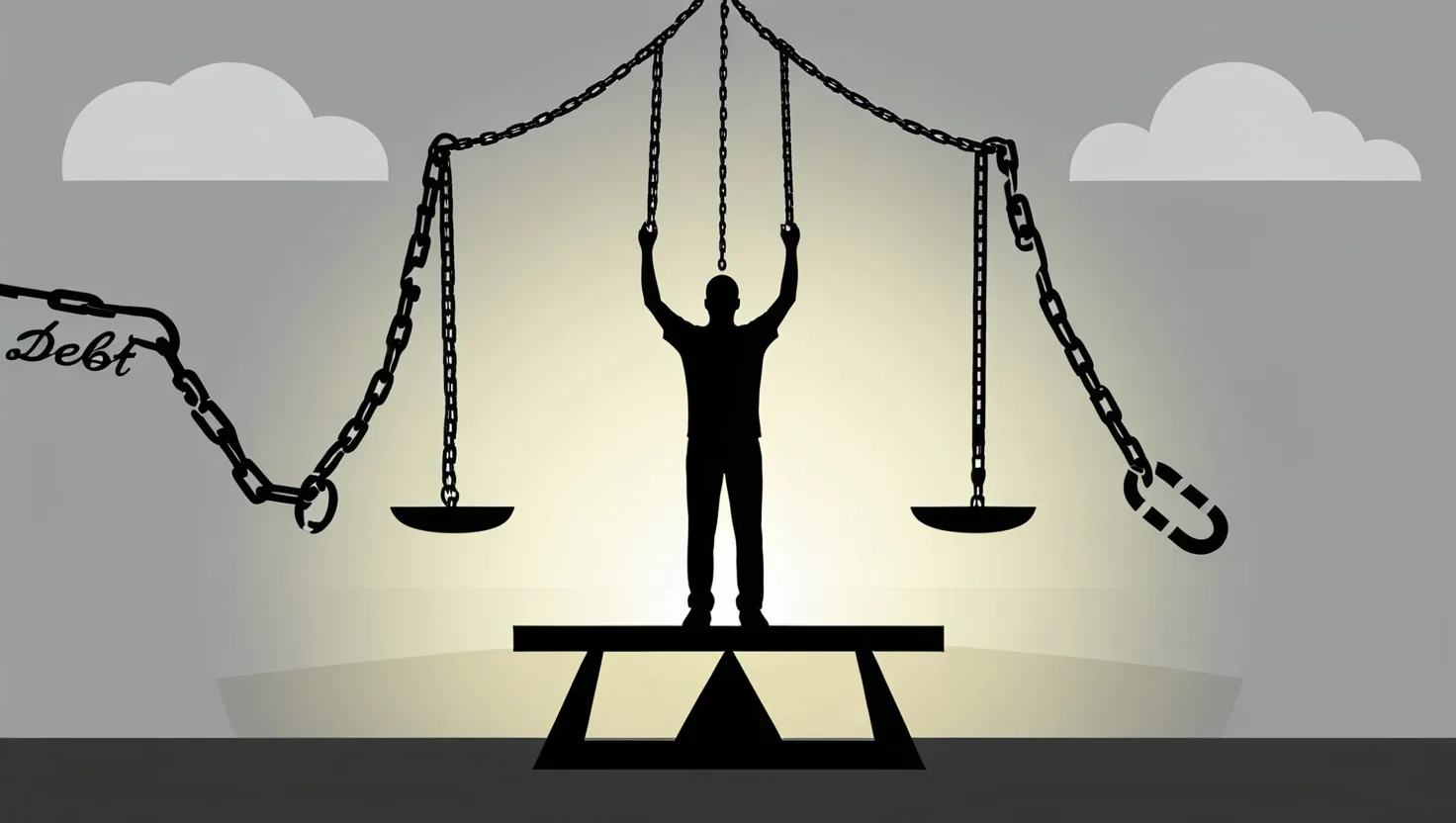Financial markets, much like life, have their highs and lows. While the speed and severity of market corrections can feel alarming, history tells us they are not only inevitable but also instructive. Some of the most valuable lessons for investors find their root in the chaos of downturns, making these episodes worthy of analysis, reflection, and preparation.
“An investor without a plan is like a sailor without a compass.” This quote resonates deeply with anyone caught in the swirl of plummeting markets. The first lesson from historical corrections is the fallibility of market timing. While the allure of selling high and buying low tempts us all, the reality is far trickier. No one rang a warning bell before the Dot-Com bubble burst in early 2000 or before the 2008 financial crisis. An even more recent example is the COVID-19 market nosedive in March 2020, where the rapid fall and recovery left even seasoned investors scrambling. Timing the market demands perfection—not just knowing when to get out, but also when to get back in. Miss either, and you may find yourself locking in losses and missing rebounds.
This brings us to the second critical insight: the cost of emotional decision-making. Corrections fuel fear, and fear fuels poor decisions. Take the 2008 financial crisis, for instance. The gut-wrenching losses prompted millions to abandon their market positions, locking in losses at the bottom. Yet, those who resisted the urge to sell saw the market eventually recover and thrive. Historical data repeatedly shows that emotional reactions to temporary downturns often lead to permanent financial setbacks. So, how can investors insulate themselves from their own instincts?
“Courage is grace under pressure,” Hemingway said. For investors, this courage often lies in the resilience of quality assets. Companies with strong balance sheets and enduring business models tend to weather market storms better than speculative high-flyers. The Dot-Com crash of the early 2000s offers a sharp contrast between speculative tech startups and fundamentally strong businesses like Amazon, which emerged stronger despite the turmoil. Owning quality assets aligns with the age-old adage that time in the market beats timing the market.
Now consider the importance of cash reserves. Market corrections, while painful, create opportunities for those prepared to seize them. A robust cash reserve—six to twelve months of expenses—is not just a safety net for personal needs but also a war chest to invest during downturns. Think of Black Monday in 1987. The Dow Jones Industrial Average fell 22.6% in a single day, but the rapid recovery offered incredible opportunities for those who had the liquidity to act. Investors without cash reserves miss the extraordinary chance to buy high-quality assets at discounted prices.
Have you ever wondered about the concept of rebalancing? This often-overlooked strategy shines during corrections. When equity markets drop, the proportion of stocks in your portfolio decreases relative to other asset classes like bonds. Rebalancing forces you to sell what’s high (e.g., bonds) and buy what’s low (e.g., stocks), automatically adhering to the ‘buy low, sell high’ mantra without the emotional toll. Over time, this discipline smooths returns and reduces risk.
Finally, understanding market recovery patterns separates the seasoned from the skittish. Corrections frequently follow a predictable arc: sharp declines, a hesitant stabilizing phase, and gradual recovery. For instance, the COVID-19 crash in March 2020 erased 34% of the S&P 500’s value in mere weeks, but by Labor Day, the market had essentially recovered. The speed of that recovery stunned many, but history suggests this isn’t an anomaly. Identifying these recovery patterns equips investors with the patience to endure and even thrive through downturns.
But preparation is as crucial as understanding these lessons. If you’re wondering how to apply these insights, start by documenting your crisis investment plan before you need it. Too often, we scramble during a downturn, clouded by panic and headlines. Set predetermined buy points for quality assets and stick to them. Keep a journal of your own emotional responses during volatile periods; you’ll be surprised at how hindsight reveals patterns in your investment behavior. Above all, reinforce your financial resilience by maintaining liquid reserves and ensuring your asset allocation matches your risk tolerance.
As we’ve explored these six lessons—market timing fallibility, emotional decision costs, quality asset resilience, the importance of cash reserves, rebalancing advantages, and recovery patterns—it’s worth asking yourself: If the market corrected tomorrow, how would you react? Would you cling to these lessons or let fear dictate your decisions?
“History doesn’t repeat itself, but it often rhymes,” Mark Twain once observed. Each correction may differ in catalyst or scale, but the underlying lessons remain timeless. By embracing these lessons, investors transform uncertainty into opportunity, emerging not only with greater financial resilience but also with invaluable wisdom.






